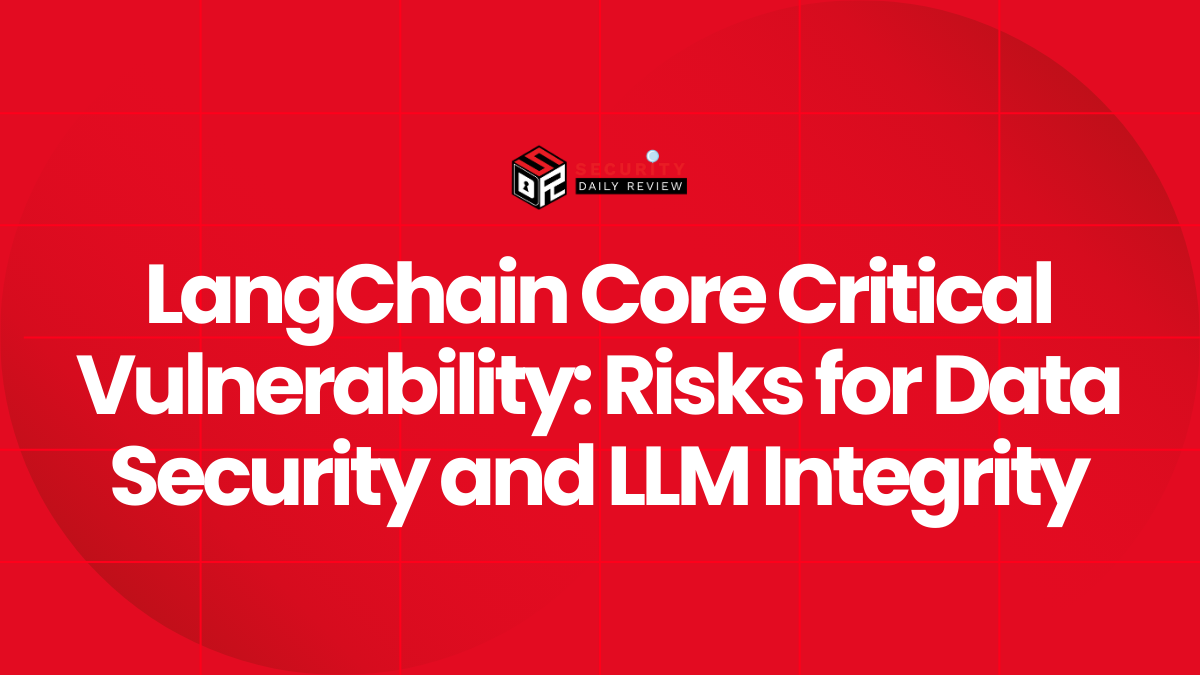MoneyGram ransomware concerns were dismissed following a recent cyberattack that caused a five-day service outage in September 2024. Despite initial suspicions, investigations revealed no evidence of ransomware involvement in the MoneyGram cyberattack. Instead, a sophisticated social engineering attack targeting the company’s internal help desk is suspected to be the root cause.
The MoneyGram Cyberattack: A Detailed Account
MoneyGram, a prominent American payment and money transfer platform operating across 200 countries and boasting over 350,000 physical locations, experienced a significant cyberattack in September 2024. The attack resulted in a five-day outage, preventing customers from accessing and transferring funds via the platform’s website and mobile app. While many initially speculated about a MoneyGram ransomware attack, the company has officially stated that there is no evidence to support this theory.
The outage began on September 17th, with customers reporting issues. MoneyGram confirmed the cyberattack on September 20th, proactively taking its systems offline to contain the breach. This proactive measure, while causing significant disruption, ultimately prevented further damage and allowed for a thorough investigation.
An email sent to stakeholders on September 25th, and obtained by BleepingComputer, confirmed the restoration of most systems and the resumption of money transfer services.
The email explicitly stated: “After working with leading external cybersecurity experts, including CrowdStrike, and coordinating with U.S. law enforcement, the majority of our systems are now operational, and we have resumed money transfer services. At this time, we have no evidence that this issue involves ransomware nor do we have any reason to believe that this has impacted our agents’ systems.”
The Attack Vector: Social Engineering and Active Directory Compromise
Investigations, conducted with the assistance of CrowdStrike and law enforcement, point towards a sophisticated social engineering attack as the primary cause of the MoneyGram cyberattack.
A source familiar with the incident revealed that threat actors successfully compromised MoneyGram’s internal help desk through social engineering tactics. This allowed them to obtain employee credentials, granting them access to the company’s network and targeting employee information within the Windows Active Directory Services. However, the attackers were detected and blocked before they could inflict more extensive damage. This timely detection prevented a potentially catastrophic MoneyGram ransomware incident.
The methods employed bear striking similarities to those used by the Scattered Spider. (aka UNC3944, the Com, and 0ktapus) group, known for their highly effective social engineering campaigns. In a previous attack on MGM Resorts in September 2023, Scattered Spider used a similar impersonation tactic to gain access, ultimately deploying BlackCat ransomware and encrypting hundreds of VMware ESXi servers. The sophistication of these attacks prompted advisories from Microsoft, the FBI/CISA, and Mandiant, highlighting the need for robust defenses against such techniques.
Implications and Cybersecurity Best Practices
The MoneyGram cyberattack, while not involving ransomware, serves as a stark reminder of the ever-evolving threat landscape and the critical importance of strong cybersecurity practices. The success of the social engineering attack underscores the vulnerability of even large organizations to well-executed social engineering campaigns. The incident highlights the need for:
- Enhanced security awareness training: Employees must be trained to recognize and report suspicious activities, such as unsolicited calls or emails requesting sensitive information.
- Multi-factor authentication (MFA): Implementing MFA across all systems significantly reduces the risk of unauthorized access, even if credentials are compromised.
- Regular security audits and penetration testing: Proactive security measures help identify vulnerabilities and strengthen defenses before attackers can exploit them.
- Robust incident response plan: A well-defined plan ensures a swift and effective response to security incidents, minimizing damage and downtime.
The lack of MoneyGram ransomware involvement does not diminish the severity of the cyberattack. The successful breach of internal systems, even without data encryption, represents a significant security lapse that could have had far-reaching consequences. The incident serves as a valuable case study for organizations seeking to improve their cybersecurity posture and protect against sophisticated social engineering attacks.









